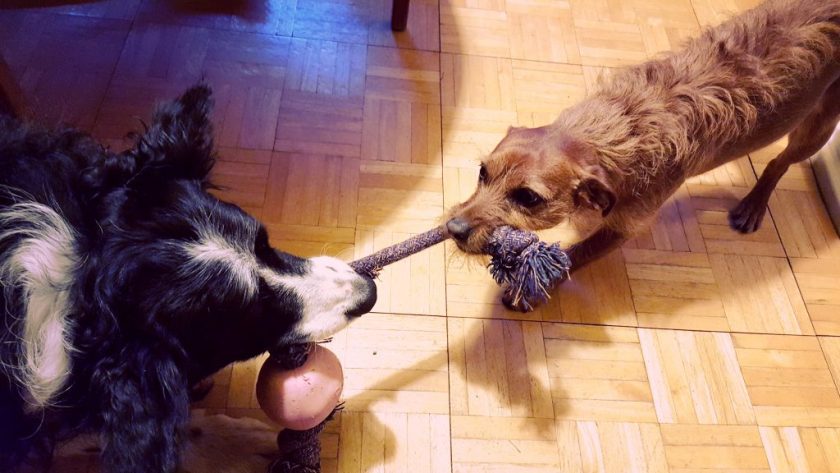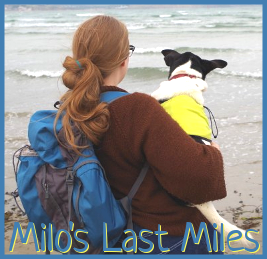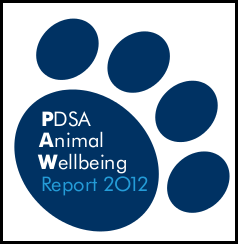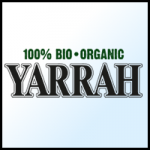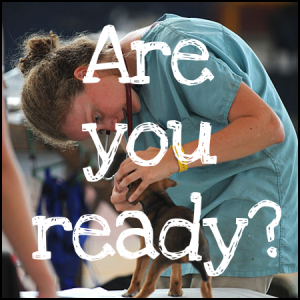 The Importance of Insuring Your Pet
The Importance of Insuring Your Pet
Our pets are part of the family, which is why we should go to great lengths to look after them. If they sadly become ill or have an accident, it is our responsibility to get them the right care. Unfortunately, the cost of taking animals to the vet can be high which is why having the right pet insurance in place can protect owners and the animal. We may not like to think of our animals becoming unwell or getting knocked down on a main road, but if the worst happens, it’s best to be prepared with a comprehensive pet policy. It’s not just illnesses or accidents which require a trip to the local vet either. When we first get our new addition to the family, we need to make sure of a number of things. Depending on the kind of pet you have, you may need to inoculate them from any infections that can be picked up. Kittens for example need a series of injections before they can go outside. You may also want to have them micro chipped. Animals prone to running away or getting stolen can be identified by a chip that brings up the owner’s details when scanned. Neutering or spaying your pet will also prevent any unwanted breeding occurring and can also reduce the cost of a pet insurance policy, albeit marginally.
Getting Insurance For Your Animal
There are different ways to go about insuring pets. You have to look at what is cost effective for you and the kind of animal you own. The most popular pets in Britain are dogs and cats, followed by rabbits. All pets however need to be considered when it comes to those hefty vets bills. Some will require more specialist insurance, such as horses and ponies. You need to check you are covered for public liability insurance, accident cover and if appropriate, horse boxes. Looking at the small print is vital, rather than just going with the cheapest provider. Check your pet is covered for: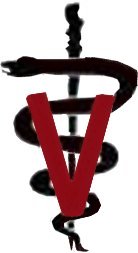
* Type or breed of animal
* Travel
* Age of the animal
* More than one pet
* Kennel or cattery fees
* Death
*Accidental damage
You will also need to get the right policy. If you will need long term care for a pet with medical problems, you’ll need a high level cover.
Ethical Pet Insurance
You may feel that investing in your pet is costly, but it is best to be prepared if the worst happens. If you don’t have money put aside, insurance will protect your purse and your pooch. Going with an ethical provider can mean a percentage of the net profit goes to animal charities so you can be involved with helping out other animals in need. When looking for ethical insurance, you can take into consideration how much it will cost you to insure your pet, and how much is donated to charity. For example, the Animal Friends insurance group have so far donated over one million pounds of their profits to welfare charities in the UK and worldwide. They also offer good value insurance.
There are many ethical providers of pet insurance. Some are considered to be eco-friendly as they donate some of the profits they make to help endangered species. Some also contribute to conservation organisations which help to conserve natural habitats for wild animals. These include wetland and wildlife areas as well as protecting plant life. Some of the insurance organisations donate their profits to various animal welfare charities both nationally and internationally. The Co-Operative bank have declined finance from businesses who do not meet animal welfare standards. They will not promote animal testing, blood sports, the fur trade or exploitation of great apes. This means only accepting finance from companies who are not involved in these trades. They are also against intensive farming, which involves farming caged animals.
When deciding on an ethical insurance company, you may consider which to go with on a number of factors. This may depend on which charities the profits are donated to, how eco-friendly they are or which ones contribute to climate change. Some may be clearer on their investments than other companies, so you will know where the money goes.
Also, the cost of the insurance and excess and getting the right kind of insurance for your particular pet is important.
Alternative Ways to Afford the Vet
Saving enough money to put aside for emergencies can have it’s advantages and disadvantages. Using an easy access savings account can help when you need some cash for your poorly pet. The downside would be that you would have to have enough money in your fund in case you need it. If your pet needed an unexpected visit to the vet, you will need some funds to hand.
However, you may to decide not to ensure your pet. The advantage would be if your pet stays well, and you’ve saved money you would have otherwise spent on insurance.
It is a good idea to get a good deal for your savings account, or if you need a low interest loan to use for vets bills. There are ethical ways to save money with mutual savings banks. They are set up by depositors and borrowers, and all the profit is reinvested in itself. Also known as credit unions, joining the scheme is an alternative.
The credit unions are non profit organisations and so you can put away as much as you like into your savings account. The credit unions pay a yearly dividend, meaning you get money back at the end of it on a percentage of what you saved. If you use this as an alternative to pet insurance rather than putting money into insurance, you are also saving. So, if your pet doesn’t require a visit to the vet that year, you have your savings and any extras on top. It could come in handy if anything happened to your beloved companion.
_____
Missi writes on behalf of one of the UK’s largest consumer advice and information portals. She specialises in pet health and insurance topics. She grew up in Southampton, PA but is spending most of 2013 in Manchester, England where she has family.
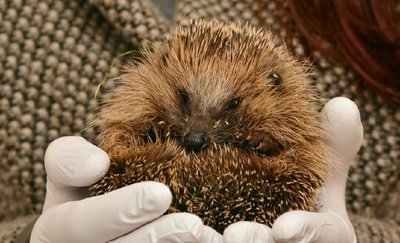
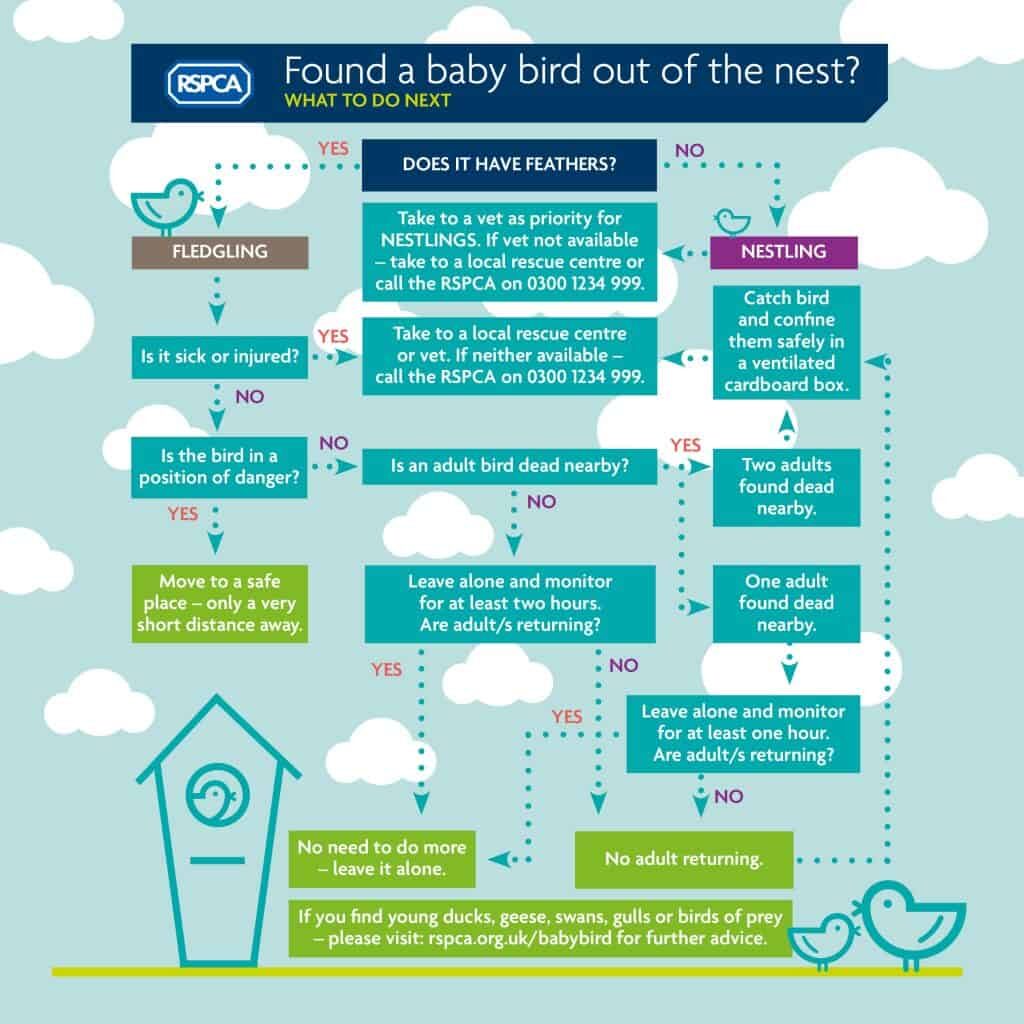
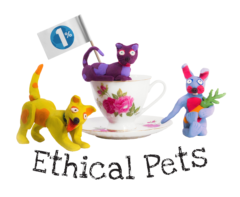
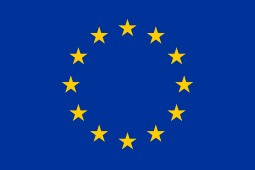 If the UK leaves the EU without a deal then those who travel to EU countries with dogs, cats and/or ferrets can expect difficulties. However, you can prepare in November 2018 to avoid these difficulties in March 2019.
If the UK leaves the EU without a deal then those who travel to EU countries with dogs, cats and/or ferrets can expect difficulties. However, you can prepare in November 2018 to avoid these difficulties in March 2019. Do you get stressed? Well, so do your pets – but they communicate it differently. Unlike humans who shop, over eat, drink too much and shout at people when they or stressed (just me then?) dogs and cats have a very different language.
Do you get stressed? Well, so do your pets – but they communicate it differently. Unlike humans who shop, over eat, drink too much and shout at people when they or stressed (just me then?) dogs and cats have a very different language.
